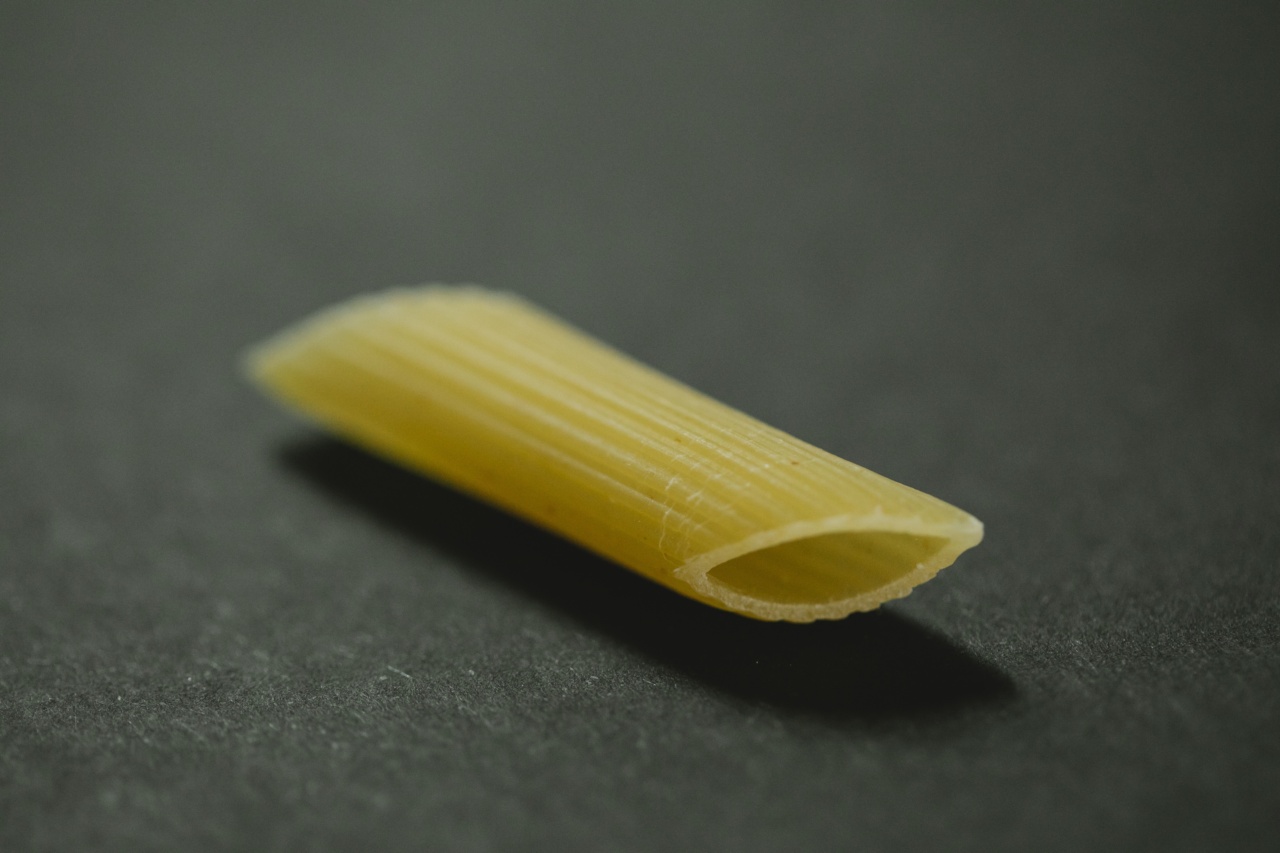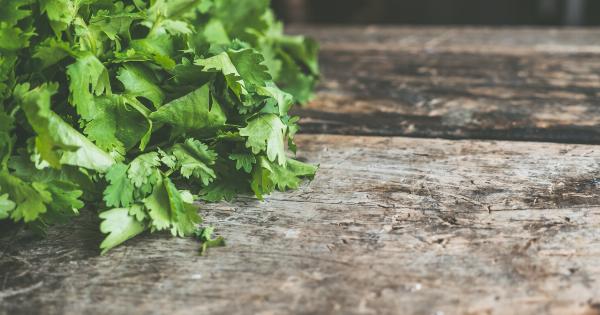As parents and educators, we want to give our children the best possible chance to succeed. We invest in quality education, extracurricular activities, and tutors to help give them an edge.
But did you know that the key to academic success may be found in one simple ingredient in our diets?.
Introducing Omega-3 Fatty Acids
Omega-3 fatty acids are a type of polyunsaturated fat that our bodies can’t produce on their own. They must be obtained through diet or supplements.
In addition to being essential for maintaining healthy eyes, skin, and brain function, omega-3s have been shown to boost cognitive performance, particularly in children and adolescents.
The two most crucial omega-3 fatty acids are EPA (eicosapentaenoic acid) and DHA (docosahexaenoic acid). These are found primarily in cold-water fish like salmon, tuna, and sardines.
Plant-based sources of omega-3s, like flaxseed and chia seeds, contain a different type of omega-3 called ALA (alpha-linolenic acid), which the body must convert into EPA and DHA.
The Benefits of Omega-3s for School Performance
Omega-3 fatty acids are crucial for brain development and function. Studies have shown that children with higher levels of omega-3s in their blood have better working memory, attention, and cognitive flexibility.
These skills are essential for academic success, particularly in subjects like math and science.
In addition to improving cognitive performance, omega-3 fatty acids have been linked to better behavior and mental health outcomes in children and adolescents.
Research has found that high doses of EPA and DHA can reduce symptoms of ADHD, depression, and anxiety.
The Best Sources of Omega-3s in Food
To ensure that your child is getting enough omega-3s in their diet, it’s essential to include a variety of sources. Here are some of the best food sources of EPA and DHA:.
: Salmon
Salmon is one of the richest sources of EPA and DHA, with about 1.5-2 grams of omega-3s per 100 grams of cooked salmon.
: Tuna
Tuna is also a great source of EPA and DHA, with about 1 gram per 100 grams of canned tuna.
: Sardines
Sardines are a small fish that are high in omega-3s. One can of sardines (packed in oil) contains about 1.5 grams of EPA and DHA.
: Mackerel
Mackerel is another oily fish that contains high levels of EPA and DHA. It contains about 1.5-2 grams of omega-3s per 100 grams of cooked fish.
: Flaxseed
Flaxseed contains a high concentration of ALA, which the body can convert into EPA and DHA. Two tablespoons of ground flaxseed provide about 1.5 grams of ALA.
: Chia seeds
Chia seeds are another excellent plant-based source of ALA. Two tablespoons of chia seeds contain about 4 grams of ALA.
How to Incorporate Omega-3s into Your Child’s Diet
There are many easy ways to include omega-3s in your child’s diet. Here are some suggestions:.
- Make salmon or tuna salad for lunch.
- Serve grilled or baked fish for dinner.
- Add flaxseed or chia seeds to oatmeal or yogurt.
- Make a smoothie with spinach, frozen berries, and flaxseed or chia seeds.
- Use fish oil supplements if your child is a picky eater and struggles to eat enough omega-3-rich foods.
Conclusion
Ensuring that your child gets enough omega-3s in their diet is crucial for their academic success and overall health.
Incorporating cold-water fish, flaxseed, and chia seeds into your child’s meals is an excellent way to boost their cognitive function and support their mental health.































